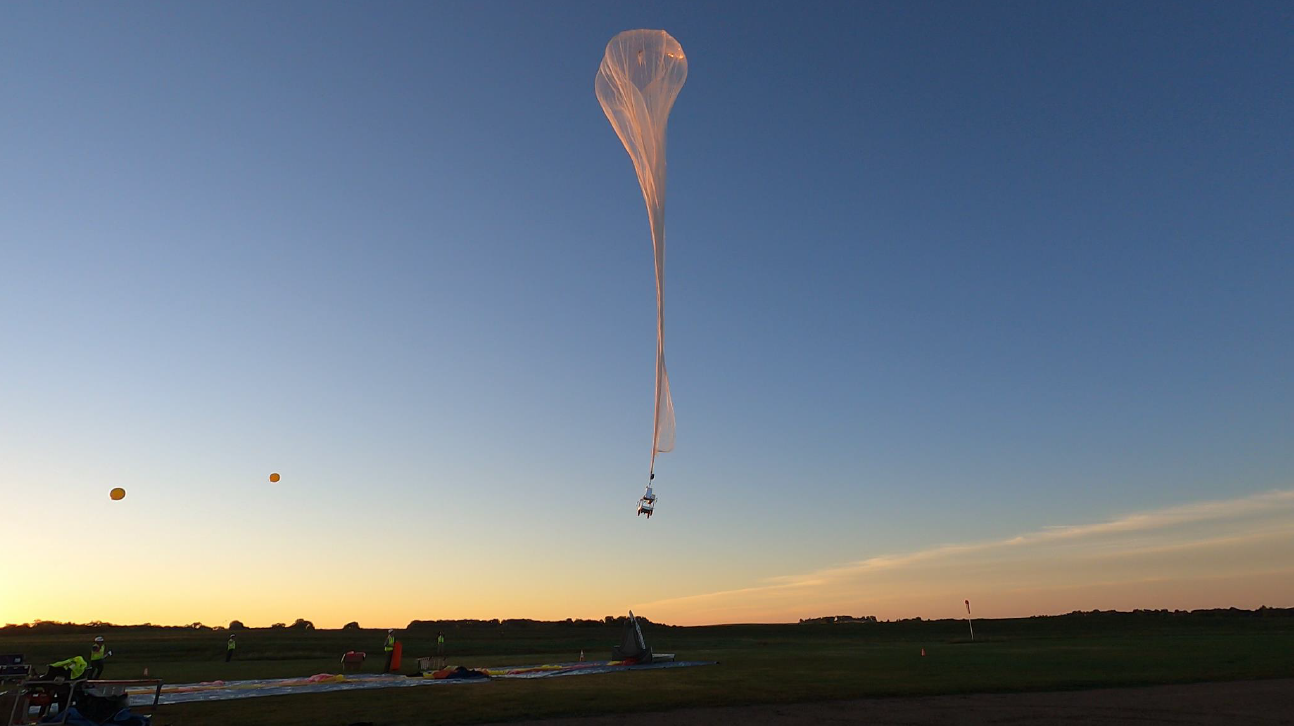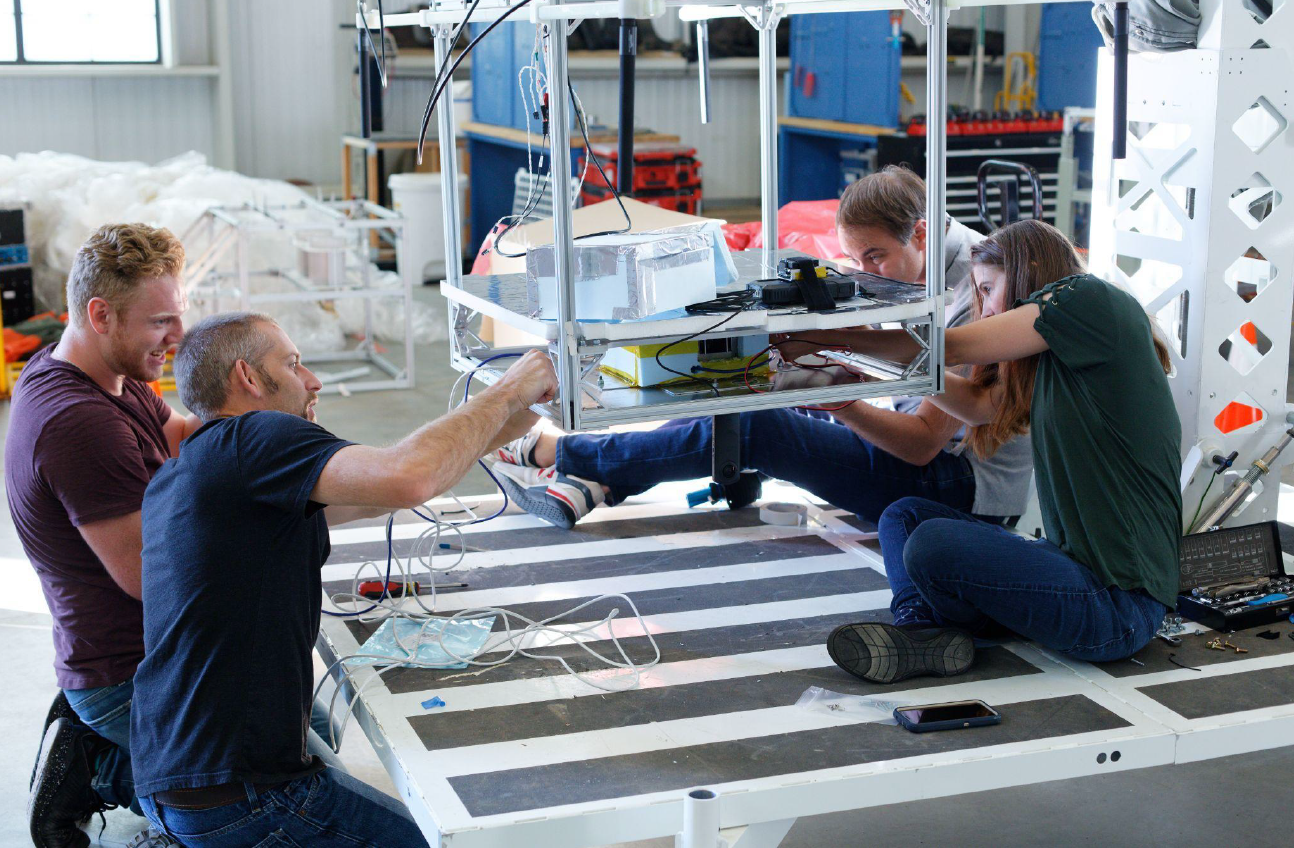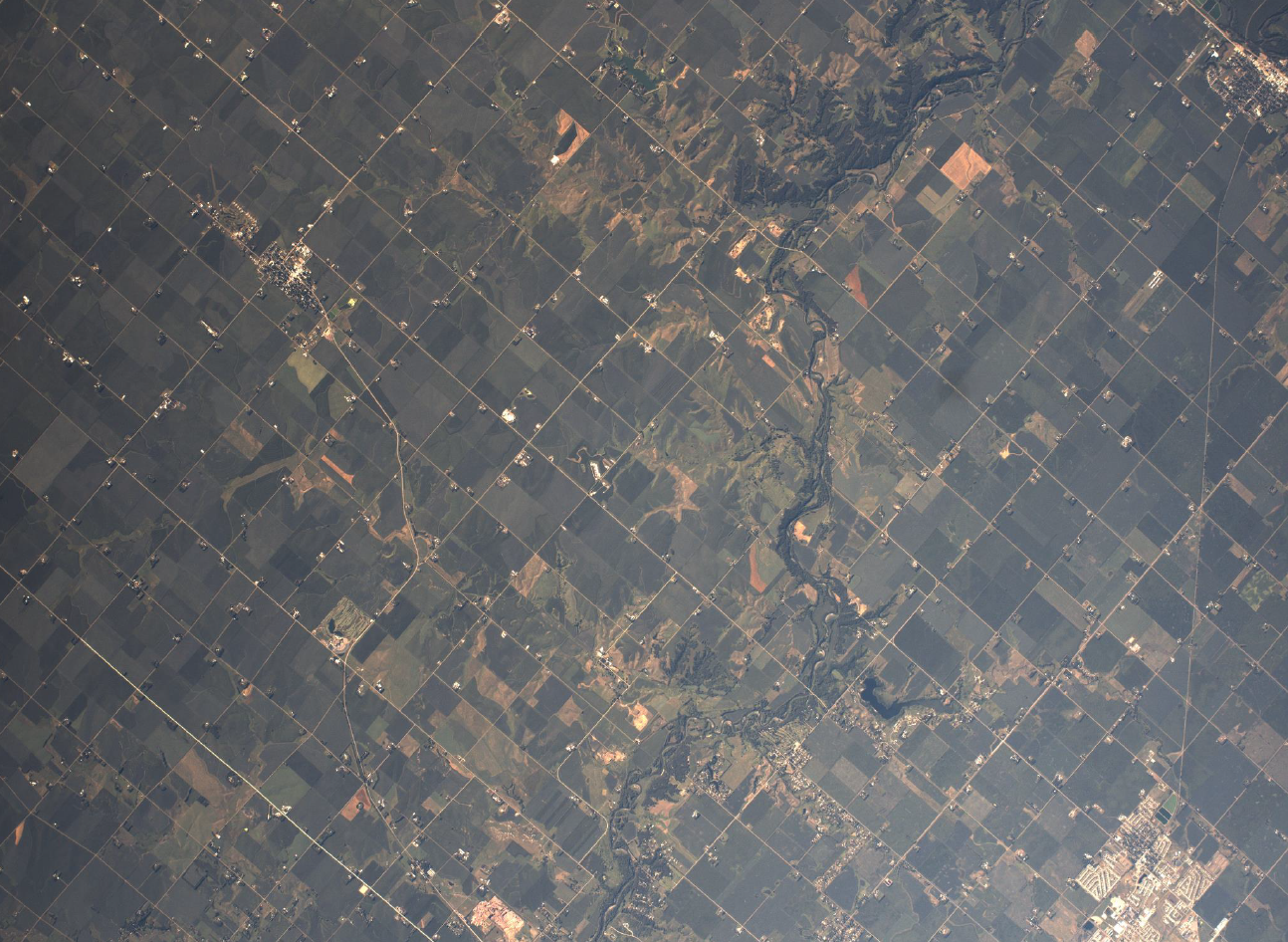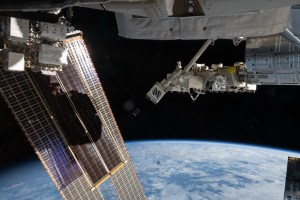Note: This is the second installment in a three-part series highlighting 2022 suborbital flight tests for NASA TechLeap Prize-winning projects supported by the Flight Opportunities program, part of NASA’s Space Technology Mission Directorate. Read the first installment highlighting the work of Cal Poly Pomona’s Bronco Space Lab here.
Winners of the first NASA TechLeap Prize launched their technologies this summer on high-altitude balloon flights to test them at stratospheric heights. The Autonomous Observation Challenge No. 1 asked winners to develop small satellite observation technologies that can autonomously detect, locate, track, and collect data on transient events on Earth and beyond – such as dust plumes on the Moon and planets or terrestrial phenomena on Earth. After developing their technologies over the last year, the winning teams leveraged balloon flights to gather valuable test data and gain experience with the full process of building a technology payload and bringing it from lab to flight test.
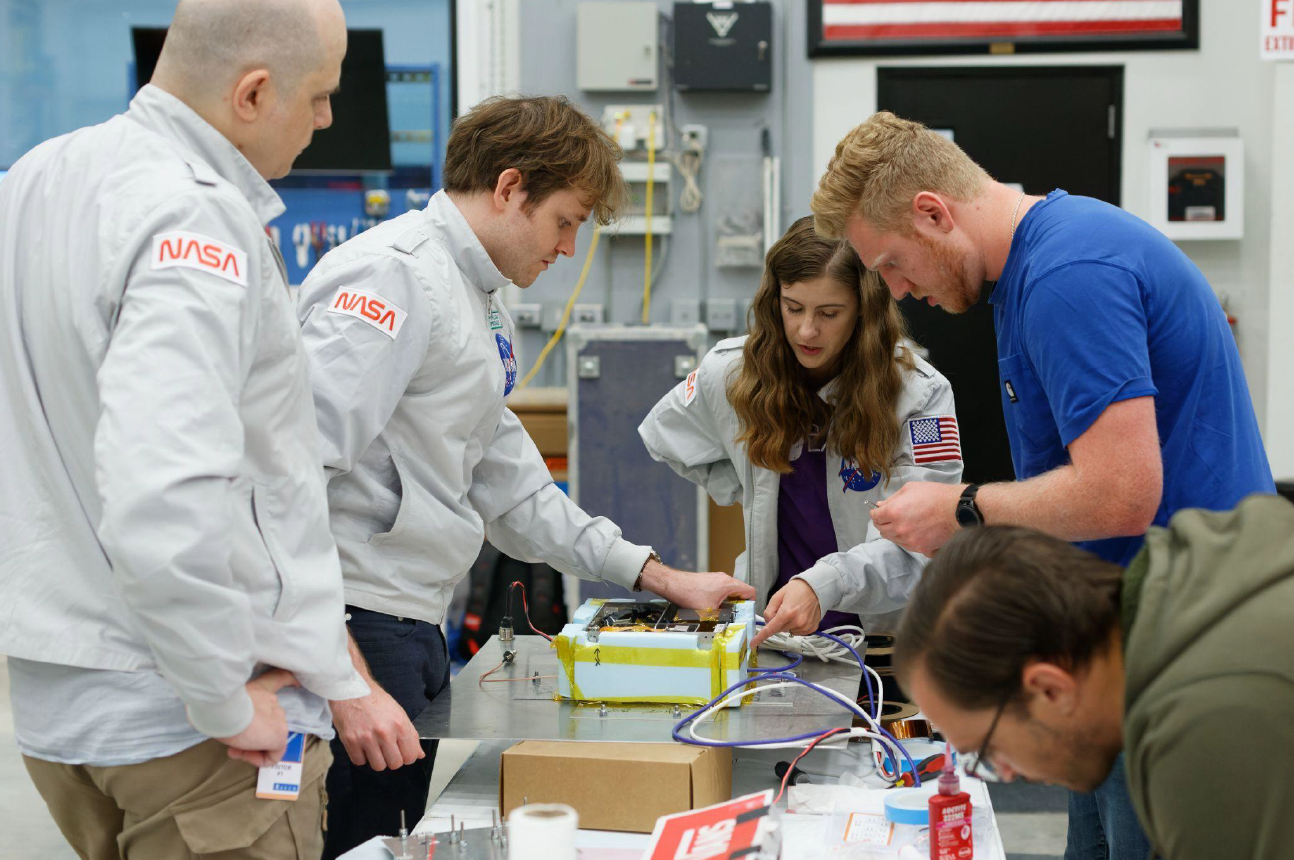
Putting Small Waterways – and a Small Startup – On the Map
For Orion Labs, a micro-sized business whose employees teamed up for TechLeap in 2021, the project has not only provided rapid advancement for a promising technology, but also opened doors to expand their flight test plans and accelerate their business.
The company’s innovation, called Quantum Earth OBServatory (QEOBS), consists of a four-unit (4U) CubeSat designed to demonstrate how onboard data processing and quantum machine learning can result in reduced downlink requirements. Its capabilities would reduce the bandwidth needed for small satellites to send data about terrestrial events back to Earth. The TechLeap win led to several connections that helped enhance their flight test plans, including priority access to three free quantum computers on the ground through a partnership with IBM’s Quantum Education Program.
“This was a big benefit to our flight experiment and our business, and we were able to gain access to the IBM program by leveraging our involvement with the TechLeap Prize,” said Sara Jennings, CEO of Orion Labs, and principal investigator for the project.
QEOBS launched July 28, 2022, on a high-altitude balloon from Aerostar of Sioux Falls, South Dakota. The flight test took place over Sioux Falls, so Orion Labs made another connection with a former state university researcher to better understand what types of terrain features would be useful for the flight test. They landed on dam detection.
“Most large dams and waterways are documented, but many small, local dams remain unmapped,” explained Jennings. “We realized these could be useful for testing our technology while also providing valuable data to increase understanding of how water from these small dams reach crops and farmland and contribute to waterways overall.”
During the flight, the QEOBS technology payload was positioned on a gondola below the balloon to detect dams over the flight area. During the over six-hour flight, the technology collected several thousand images. A machine learning algorithm was used to detect any dam in the collected imagery. QEOBS also trained a quantum machine learning model in flight via remote connection to IBM’s ground-based quantum computers – and this model was then used to confirm the dam detections. These capabilities enabled QEOBS to collect and process large amounts of image data onboard, and downlink only data about the confirmed dams to the ground – saving massive amounts of bandwidth in the process.
“Now we’re analyzing our machine learning and quantum machine learning results and investigating post-processing steps to improve the overall quality of the data,” said Jennings.
The team plans to make their code, data, and models available to other scientists to use the work for future applications. In addition, the team is consulting with experts on various Earth observation use cases. Ultimately, the company hopes to fly QEOBS in low-Earth orbit to assess its capabilities for Earth observation from small spacecraft, as well as other possible applications for small spacecraft involving quantum computing.
In addition to technical data, the recent flight and preparation for it have also provided business-building momentum for Orion Labs.
“This experience made us realize – OK, this is real – and it really pushed us forward to connect with local resources not only for our flight test, but also to get all of our business processes in place – accounting, legal, contracts – all of those things you need to get done when you’re getting started,” said Jennings. “For a small business, this has been really big.”
Nicole Quenelle
Armstrong Flight Research Center






























